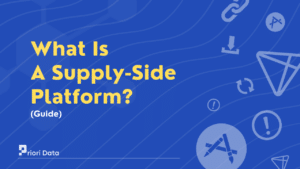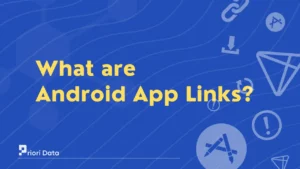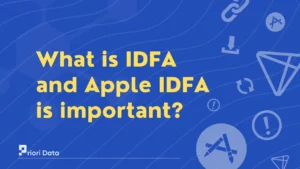Attribution means giving credit to the different channels and touchpoints that lead to someone converting. Conversion is when a customer takes a desired action like making a purchase.
Attribution models study the whole customer journey. They look at each interaction to understand its role in driving the conversion.
The goal is to see the full impact of all touchpoints, not just the last one. Clear attribution helps marketers plan better campaigns and budgets.
What is Biased Attribution in Marketing Analytics?
In simple terms, attribution in digital marketing means giving credit to the channels, ads, and touchpoints that lead to a conversion. A conversion is when someone takes a desired action, like purchasing or signing up.
Attribution models look at every interaction to see the role each one played in driving the conversion. But some models give unfair credit that favors certain channels over others.
This inaccurate attribution is called biased attribution. It can skew marketing data and analytics. That leads to poor spending choices.
So it’s important for marketers to spot and avoid biased attribution. Accurate models give a fair view of each touchpoint’s impact.
Examples of Biased Attribution Models
Here are four common types of attribution models that tend to exhibit biased tendencies:
1. Last-Click Attribution – This simplistic approach assigns 100% credit to the final click or touchpoint preceding a conversion event. It significantly overvalues lower-funnel channels like paid search and social ads.
2. First-Click Attribution – This model takes the opposite approach, granting full credit to the first interaction in a journey like organic search or email. It fails to account for critical late-stage influence.
3. U-Shaped Attribution – A hybrid approach, U-shaped attribution gives the most credit to first and last touches, undervaluing mid-funnel interactions. This overindexes channels like paid search and owned email.
4. Proprietary “Black Box” Algorithms – Some tools use non-transparent, proprietary attribution algorithms that skew credit toward certain channels, especially their own paid media. Marketers lack visibility into the weighting logic.
Dangers of Relying on Biased Attribution Platforms
Using a biased attribution partner poses several risks for digital marketers,
- Inaccurate Measurement – Biased models fundamentally misrepresent contribution across channels, leading to poor budget and strategy decisions.
- Overspending on Paid Media – Overvaluing paid channels results in overinvestment in ads instead of improving organic assets.
- Incentivized Data Bias – Many biased tools operate on a pay-for-data model, so they have incentives to favor certain channels driving their data revenue.
- Susceptibility to Fraud – Click-based models are prone to invalid traffic, and partners may not fight fraud benefitting their bottom line.
How Marketers Can Avoid Biased Attribution?
1. Vet Models and Partners – Ensure transparency into weighting logic and channel valuations.
2. Test Attribution Types – Analyze results across models to identify unrealistic overcrediting.
3. Layer In Other Data – Balance attribution with analytics, CRM, surveys to create checks and balances.
4. Build In-House Capabilities – Use tag management and data integration to construct custom models.
5. Prioritize Neutral Analytics – Opt for platforms with incentives aligned to accuracy over revenue-driven models.
F.A.Q
Q1: What are the 4 biases of attribution?
A1: Last-click, first-click, U-shaped, and proprietary algorithmic biases.
Q2: What are the 2 main types of attribution?
A4: Single-touch attribution and multi-touch attribution models.
Q3: What is an example of an attribution problem?
A5: Last-click attribution giving all the credit to one final click rather than the full journey.






